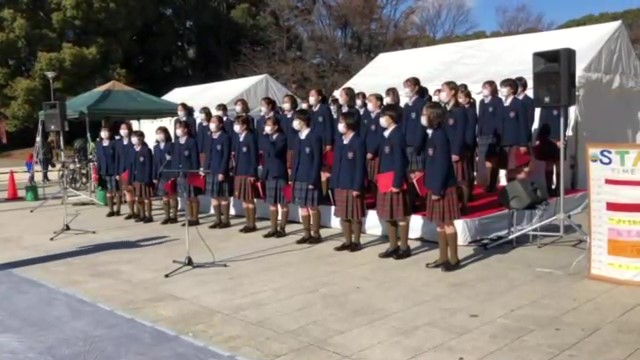

I tried to research the history of this and could find no definitive answer. One of the images below is of a group of young Jews in Hebron during the feast of Purim when people dress up in bright clothes, often as clowns. With the book of Esther I started wondering what the relevance of it was to me and the world in which I live and was amazed at all it had to tell me.Īs I have said, one of the notable features of the book of Esther in the Hebrew Bible is that God is not mentioned at all. Books you thought you knew may speak to you in a new way. To get you started the Midweek News has a link to useful Bible Society notes. All you have to do is to read the Bible book of the month and then join the discussion to talk about what struck you.

The Bible Book Club meets once a month online, except during Lent, August and Advent. The book of Esther also appears in the Apocrypha where there are significant difference between this text and the Old Testament. God is not mentioned and neither is prayer. When you first start reading this book it is not clear why it is in the Hebrew Bible and how it relates to other books in the Old Testament. What do Novak Djokovic, Shakespeare’s ‘Twelfth Night’, African politics, women’s role in the Old Testament and Sephardic Jews in Spain have in common? They were all part of the discussion on the Old Testament book of Esther at the Bible Book Club in January along with discussions on who really were the true heroes and villains in this intriguing book, and how can you reconcile incredible violence with the joyful Jewish festival of Purim. Listeners in 1911 were largely disappointed, preferring their own ‘familiar’ 1902 version…īible Book Club – Conspiracy and Intrigue Sheena Ginnings Instead of opening with dramatic brass octaves, the original begins in more solemn vein, with echos of Wagnerian harmony. The difference between the two versions is in the music for the Introduction, before the choir enters. Parry composed the piece originally for the Coronation of Edward VII in 1902, but felt moved to revise it for the Coronation of George V in 1911. Gordon Jacob’s trumpet fanfare to the National Anthem was played so superbly by the military trumpeters in the service in St Paul’s that I felt moved to play it myself on the organ before the National Anthem at the end of our morning service (hoping I remembered it correctly!).Īttenders at Evensong were surprised to hear Parry’s familiar I was glad, sung at the Queen’s Coronation in 1953, sounding unfamiliar. Our music included the Communion Setting in E by Francis Jackson, which tied in nicely with the performance of Jackson’s G major Benedicite in the Jubilee service at St Paul’s, at which the singers included a former Hampstead regular, the bass Martin Oxenham, as well as a former choral scholar of mine at Cambridge, alto Carris Hunt, the Cathedral’s first female lay vicar. Readers of my Music Notes will have been prepared for most of our musical plans for the Platinum Jubilee, and I’m pleased to report that all went off smoothly last Sunday. Music for the Platinum Jubilee Geoffrey Webber


 0 kommentar(er)
0 kommentar(er)
